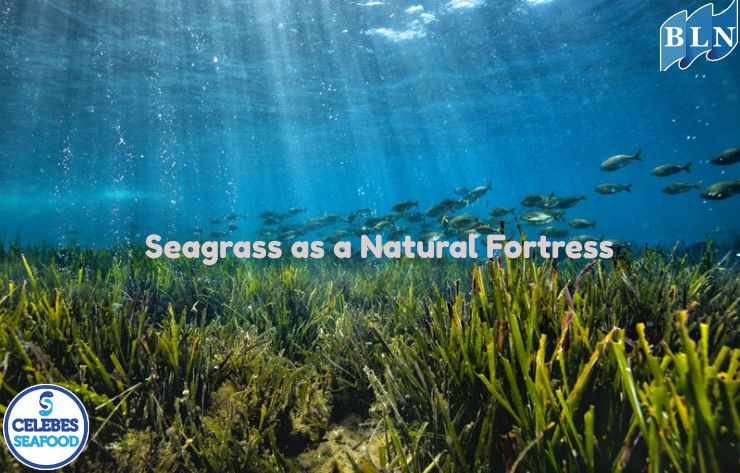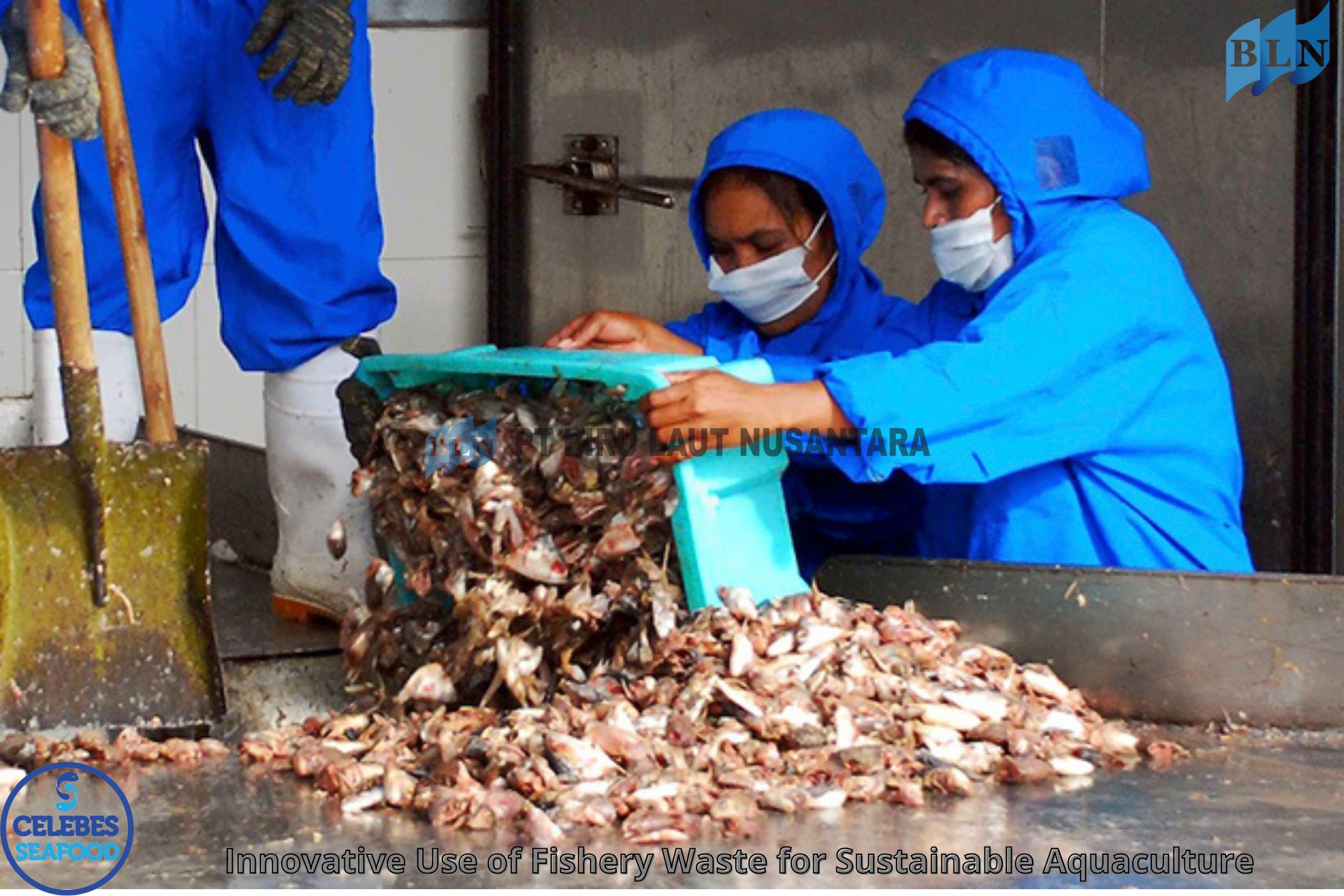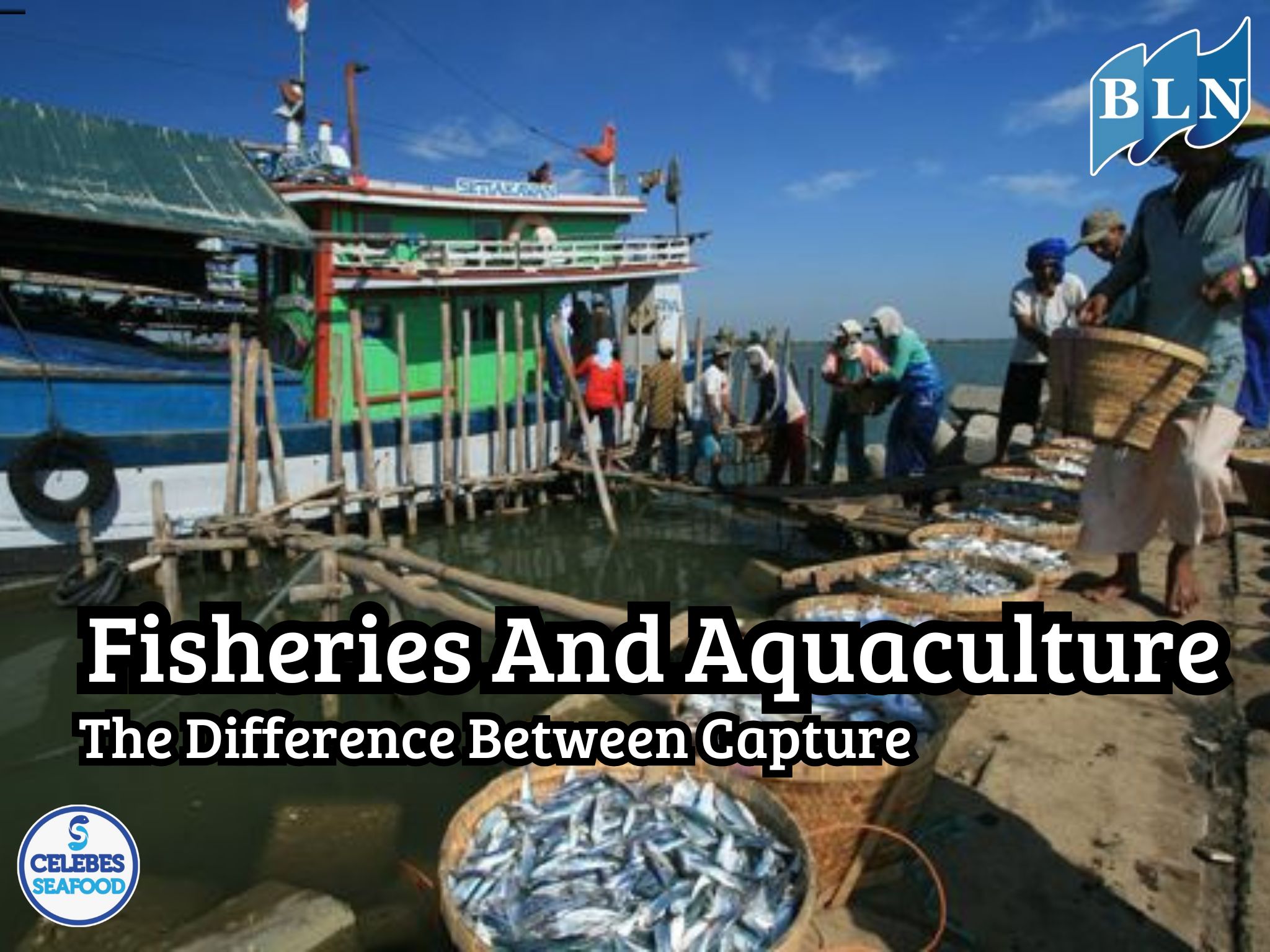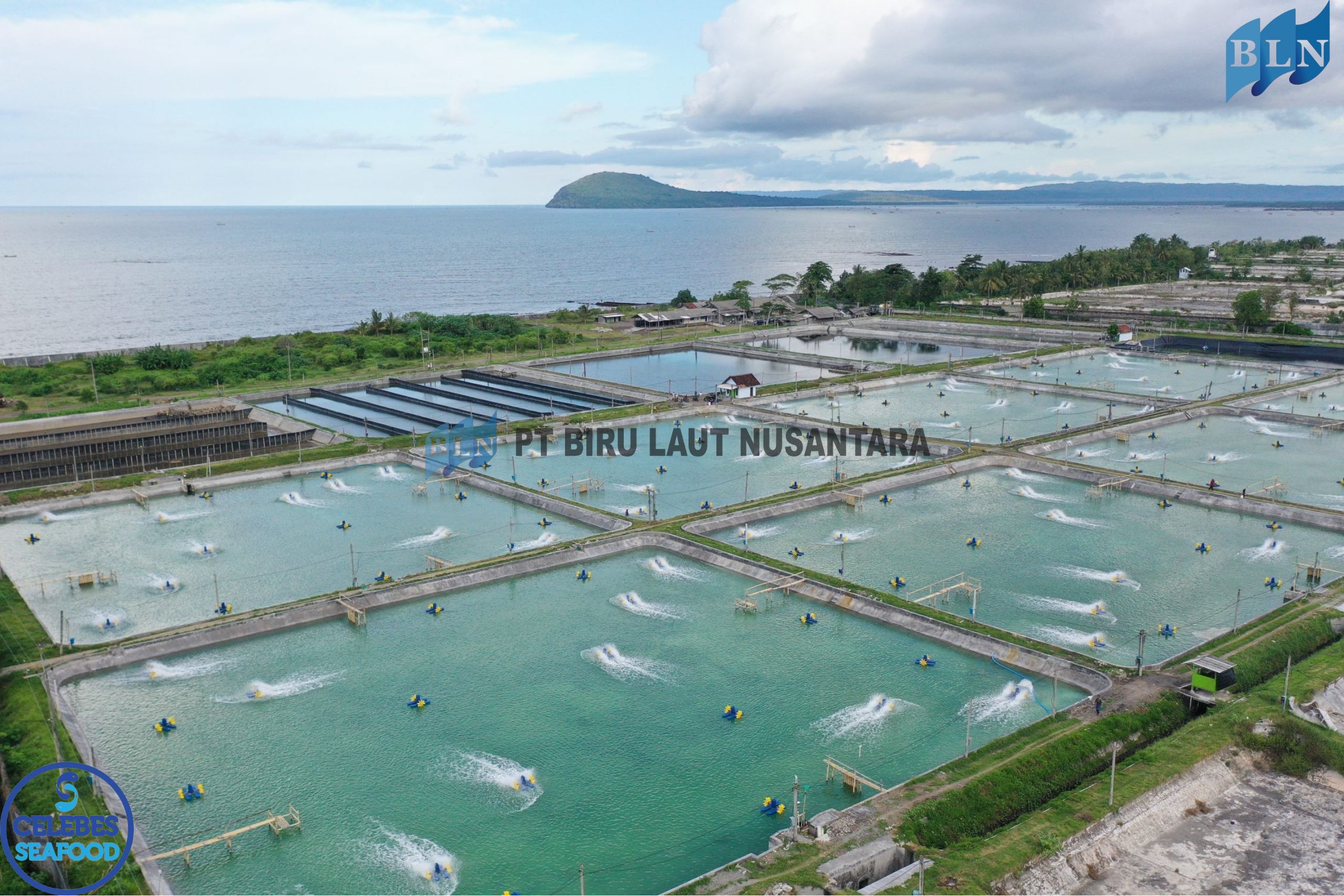Fascinating Facts About the Life of Crustaceans
By. Rani - 22 Apr 2025
lautnusantara.com Let's delve into some intriguing facts about the lives of crustaceans:
1. Fantastic Variety of Shapes and Sizes:
From microscopic copepods just a few millimeters long to Japanese spider crabs with a leg span reaching 3.7 meters, crustaceans come in an extraordinary spectrum of sizes and shapes. You'll find flat, cylindrical, elongated forms, and even some that resemble coral.
2. Remarkable Adaptations:
Crustaceans have successfully colonized almost all aquatic habitats on Earth, from the dark and high-pressure deep sea to freshwater rivers, lakes, and even moist land (like some types of land crabs). They have developed various morphological and physiological adaptations to survive in extreme environments, such as modified gills for air respiration or thick shells to protect themselves from predators and pressure.
3. The Necessity of Shedding the Exoskeleton:
One of the defining characteristics of crustaceans is their exoskeleton, or hard outer shell, made of chitin and reinforced by calcium carbonate. Because this shell cannot grow, crustaceans must undergo periodic molting or shedding of their skin to allow for growth. This process leaves them very vulnerable to predators until their new shell hardens.
4. Vital Ecological Roles:
Crustaceans play key roles in food chains and food webs in various aquatic ecosystems. They are primary consumers (feeding on algae and plankton), secondary consumers (feeding on smaller animals), and also decomposers (feeding on dead organic matter). Some species, like krill, are an important food source for larger animals, including fish and marine mammals.
5. Sophisticated Senses:
Despite appearing simple, crustaceans possess quite complex senses. They have compound eyes composed of thousands of small visual units (ommatidia), allowing them to detect movement very well. Some species have antennae sensitive to touch and dissolved chemicals in the water, helping them find food and mates. Some crustaceans even have statocysts, balance organs that help them determine their position and orientation in the water.
6. Diverse Reproductive Strategies:
Crustaceans exhibit a variety of reproductive strategies. Some species are hermaphroditic (possessing both male and female sex organs), while others have separate sexes. Females often carry their eggs under their abdomen or on specialized appendages until they hatch into larvae. Crustacean larvae often have a very different form from adults and undergo several stages of metamorphosis before becoming adults.
7. Importance to Human Life:
Many crustacean species, such as shrimp, crabs, lobsters, and crayfish, are important food sources for humans worldwide. The crustacean fishing and aquaculture industries have significant economic value.
8. Some Crustaceans are Invasive Species:
Unfortunately, some crustacean species, when introduced to new environments outside their native habitat, can become invasive species. They can disrupt local ecosystems by preying on native species, competing for resources, or altering habitats. An example is the European green crab (Carcinus maenas) which has become a problem in some regions of North America and Australia.
9. Amazing Regeneration Abilities:
Some crustaceans have a remarkable ability to regenerate lost limbs, such as claws or legs. This process requires time and energy but allows them to recover from injuries or losses due to predators.
10. Role in Scientific Research:
Crustaceans are also important research subjects in various scientific fields, including developmental biology, neurobiology, and ecology. Studies on the nervous system of lobsters, for example, have provided important insights into neuron function.
Hopefully, this explanation provides a fascinating glimpse into the diverse and unique lives of crustaceans!
If you are interested in our product SLIPPER LOBSTER WHOLE ROUND, SLIPPER LOBSTER MEAT, Coral Trout Fillet Skin On,OCTOPUS WHOLE CLEANED FLOWER TYPE please do not hesitate to contact us through email and/or whatsapp.




.jpg)


.jpg)